The Secret World
Ragnar rock.
It turns out that the limited skill selection isn't because we're at an early stage in the game (The Secret World doesn't have levels or character classes). You will only ever have seven active skills available at any time, plus another seven passive skills which might alter your stats or buff one of your active skills (adding knockback to a shotgun blast, for example, or resurrection to a heal-over-time).
You'll be able to unlock many more by trading the points you earn from experience; some skills cost more points than others, many will be tied to certain equipment, and some will have prerequisites, ensuring there is some kind of structure and progression to your acquisition of abilities.
The tactical core of the game, however, will be forming and swapping "decks" of the seven active and seven passive skills to adapt your character to different roles, or possibly to fit into solo or group play. It's a very open-ended and flexible setup with the simplest restraints built in, and not at all unlike the alternate advancement system we've just been shown by Morrison for Age of Conan's Rise of the Godslayer expansion pack.
"It's mostly because we want the players to commit to a, or several, combos," says lead designer Martin Bruusgaard. "A player can train any power in the game, but we want them to think about what powers they bring and why. If you have access to everything at all times during combat, that sort of metagame in figuring out combos disappears. We to create a community where players work together to optimise DPS [damage per second], sort of like a collectible card game.
"I think it's frustrating in a good way," he continues. "Have you played Plants vs. Zombies? It's the same thing there. You kind of wish that you had all your plants, but it's more fun that you only have some. It makes it better. It's the same mentality."
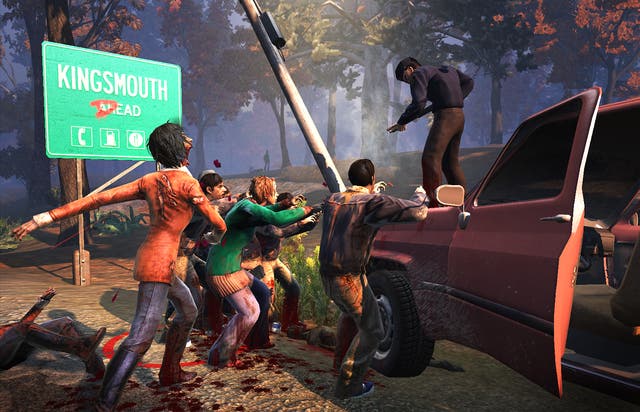
The combat we're shown is obviously in the early stages, with a group composed of a heavy firearms specialist (in waistcoat, shirt and tie), a fire mage (in a backwards baseball cap and goggles), a sword-wielding martial artist and a healer (a girl wearing hotpants and a bikini top under a frock coat). Although it's based around the MMO staple of skill cooldowns, it seems fast, action-focused and faintly scrappy, which isn't necessarily a bad thing - Age of Conan does scrappy in a good way, after all.
The odd little band skirmish with shambling zombies in a suburban street and a metal golem in a junkyard before we cut to a wreckage-strewn beach where they take on more sinister, glistening sea monsters that blend Lovecraftian horror with a lighter, B-movie style of grotesque: a hulking colossus with giant crab claws and a floating octopoid, like an elephantine Metroid.
The players are moving around constantly, and given the limited skill selection each has, the focus is putting enemies into "states" that allow them to line up combos of each other's skills.
"We tried to come up with something that makes the players move around a bit, think about positioning, not only with respect to monsters but also team-mates," says Bruusgaard. But he and Tornquist can't yet answer some simple questions, such as whether the game will feature lock-on targeting or skilled aiming, as seems apparent from the video at certain points.


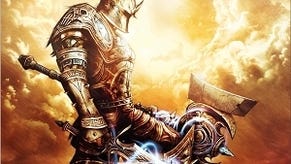


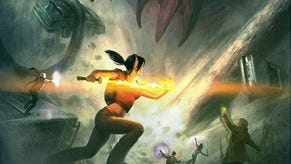
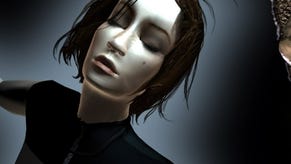

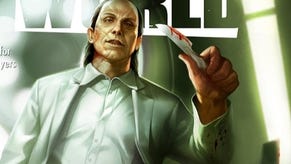



.png?width=291&height=164&fit=crop&quality=80&format=jpg&auto=webp)



